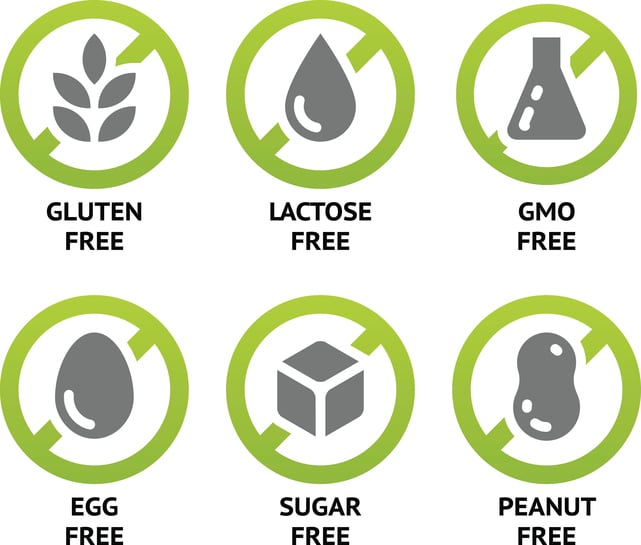When it comes to the probiotics market in Brazil and Mexico, several leading trends are invigorating the category and creating appeal among consumers.
Healthy skin, supplement intake and accurate labeling claims are at the forefront of consumer needs. Probiotics brands that adopt and leverage these trends can strengthen their offerings by answering their audiences’ calls for probiotic products that resonate and sell.
Best Practices for Probiotic Brands
Emer Mackle, Market Analyst, Lumina Intelligence shares key insights and tips for brands looking to conceptualize and release new product launches that answer these demands:
- Listening to feedback from customers is crucial for a business to evolve and compete within a quickly developing market.
- Reviews and star ratings influence consumer decisions and provide brands with insights to support new product development.
- Brand positioning often makes a difference. Probiotic supplements, for example, that were positioned for immunity saw an increase of 69% in reviews between December 2017-2018.
Ultimately, brands want to release products that captivate consumers and to do so, they should use labeling claims on packaging with clear positioning that relate to health benefits, Mackle explains.
In terms of those brands in Brazil and Mexico that create the highest levels of engagement via reviews — multivitamins player, Kidzsprinkles, and probiotic skin care names, Tula and Clinique, are leading the market.
Scientific Stance and Knowledge Gaps
Major threats currently impacting the success of brands in Brazil and Mexico, and the marketplace itself, revolve around science. Envisaging how this “may lead to a claim with Brazilian Health Regulatory Agency, ANVISA, in the future”, Mackle highlights how “one of the keys to helping the probiotic market in LATAM evolve is more scientific research”.
There is also “poor consumer knowledge” around the benefits of probiotics. Therefore, it is “necessary to educate consumers to help move the market in the right direction”.
In terms of what we can expect to see in the second-half of 2019 from the key players, Mackle emphasizes how innovation is key in the developing markets, giving brands access to “several different areas within this region to play in”.
When it comes to online reviews for probiotic supplements and probiotic cosmetics, their numbers “will continue to grow within this region as consumer interest does”.
In addition, brand diversification through the creation of multiple brand variants will occur throughout the remainder of Q3 and Q4. The approach will enable brands to openly support different health benefits.





